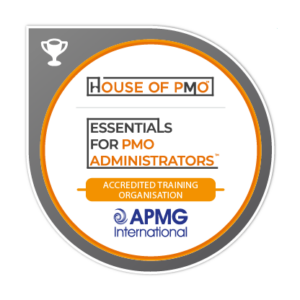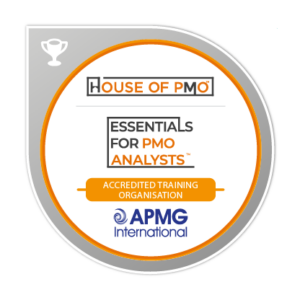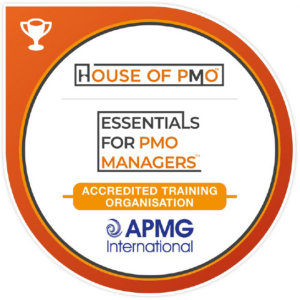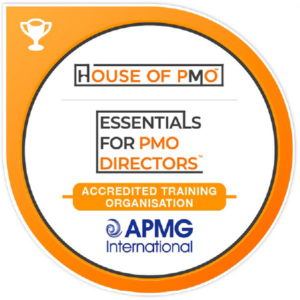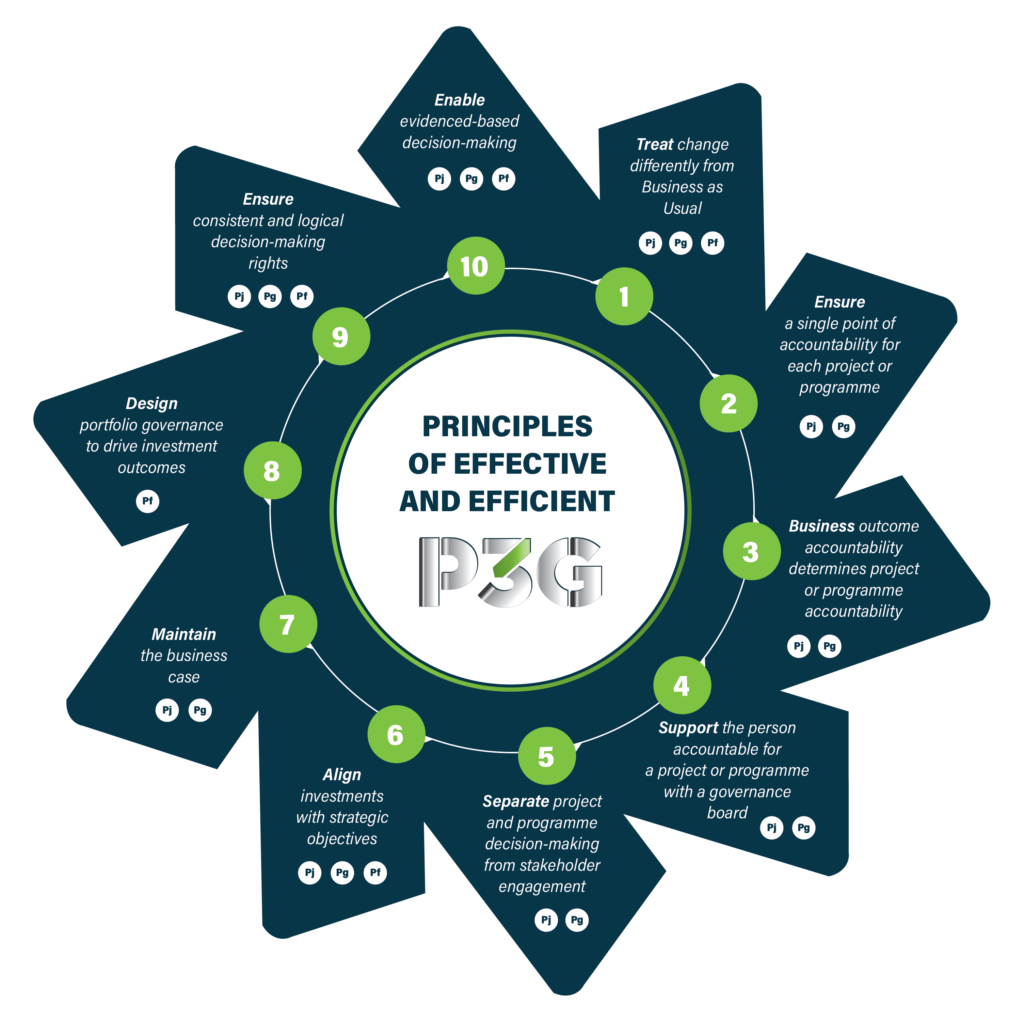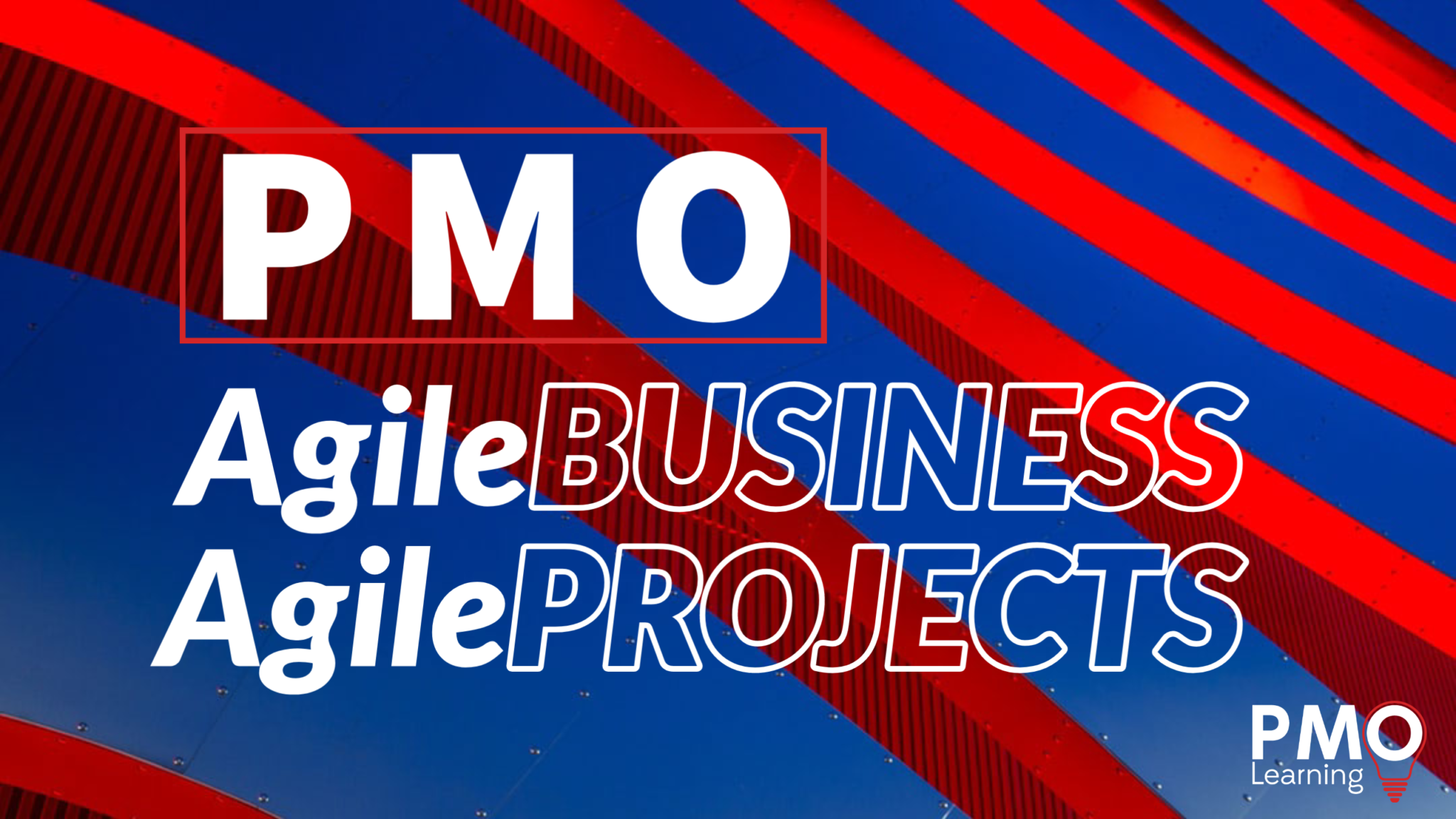
One thing we’ve learnt since 2016 is that the PMO definitely have a part to play in the organisation’s move to incorporate Agile as a sustainable way to deliver projects.
Back in 2016, the year we started learning more at PMO Flashmob, the questions being raised by PMO practitioners were along these lines:
- Where could the PMO fit?
- What could it do in its capacity to support and help the smooth running of programmes and projects?
- Do we even need a PMO in an Agile environment?
The PMO’s role was uncertain – to the point that there was so much uncertainty in how the organisation wanted to adopt an Agile approach in the first place. It is a case of ‘how can we help embed Agile or increase good practice when we’re unsure about the philosophy or frameworks our organisation wants to adopt’.
The more proactive PMO was thinking, ‘how can we play a role in helping to develop that philosophy’? The role of the PMO here was about starting to support the process of organisational readiness for Agile rather than just thinking about its role in supporting Agile programmes and projects.
The Lean-Agile PMO course we run is very much at this level. Today, there are a lot of Agile-at-scale offerings, the most popular being SAFe, which focuses on Agile across the enterprise.
Supporting an Agile Approach in the Organisation
If the main remit of a PMO is to provide support and guidance to programmes and projects within an organisation keen to press on with the Agile way, the PMO should be there at the beginning of the journey.
PMOs which have started to support the Agile approach within their organisations have focused on an area which makes sense when faced with uncertainty and change – knowledge.
Providing training and coaching/mentoring for their organisation has been the right thing to do. Key workers need to understand what an Agile approach really means for the business in both a commercial and practical sense, how it will change the way programmes and projects are delivered and how it could fundamentally change the way they manage full stop.
This is a practical role the PMO can play in the organisational readiness needed for Agile adoption rather than just thinking about its role in supporting Agile programmes and projects.
Sure there are still PMO mainstays like the methodology to adopt or the reporting processes to create, but without Agile knowledge and capability within the organisation, the method and processes become much tougher to adopt and embed.
In summary, the role of the PMO is not just about supporting the delivery of Agile programmes and projects. There is a role for the PMO to play in helping to create and embed the philosophy and approach the organisation wants to take in terms of becoming an Agile business.
This role requires knowledge and education first. It also requires an understanding of organisational change. It requires that PMOs consider the holistic projects environment they inhabit, thinking about the foundations that are required in the organisation before Agile programmes and projects can be laid upon it. This is an opportunity for the PMO to help uncertainty become much more certain.
PMO practitioners can learn about the most common Agile frameworks which organisations are adopting today and understand their role in supporting the embedding of the new philosophies and approaches. [Find out more about the Lean-Agile PMO course]
The Ongoing PMO Role in Agile Environments
As the organisation’s Agile journey continues with programmes and projects starting to adopt the new approach to delivery, the PMO can turn its attention to the hands-on support of Agile projects. The PMO role here is supporting the Agile framework or approach adopted. SCRUM is the most common framework followed by Kanban/Lean.
PMO Services to Support Agile Projects
 It makes sense to think about the current services that a PMO most frequently provides and then take a look at what that might mean from a change of traditional project support to Agile project support.
It makes sense to think about the current services that a PMO most frequently provides and then take a look at what that might mean from a change of traditional project support to Agile project support.
We have used a list of common PMO services and highlighted the areas where the PMO can practically support Agile projects:
1. Methodology, Processes and Standards
The PMO will be involved in setting the standards, processes, tools and templates that will be needed for each project. Like any other project methods there will likely be some tailoring required to suit the organisation. The PMO needs to understand the most common Agile methods and frameworks that exist, understanding the new terminology and techniques required. The organisation may choose an established framework like Scrum or opt for a combination of good practice to suit the working styles and culture of the organisation.
2. Management Reporting
Management reporting, one of the biggest service areas for a PMO and perhaps one of the biggest changes the PMO will undergo. The simplest definition of Agile is that the budget and resources are fixed, whilst the scope remains flexible and has many iterations throughout fixed timeframes (timeboxes). A change from traditional project’s iron triangle (fixed time, cost and scope) which means what the PMO will report on will also change.
Typical areas for reporting of Agile projects include:
- Velocity – what gets delivered within a timebox
- Cycle time – how long to deliver from the initial request
- Boomerangs – defects, the number and frequency
- Customer involvement – time spent working together
- Customer satisfaction
The PMO will have to understand what senior management wants to see in terms of status from Agile projects. If the organisation has been a traditional project delivery business for a while, old habits may die hard when it comes to the new styles and details of Agile project reporting.
3. Project Management Tools
There is still a need for project management tools, although the typical Gantt based tool for planning and scheduling is unlikely to be used in Agile projects. There is still a requirement for solutions like Sharepoint for team sharing and documentation (although there is likely to be less documentation than in traditional projects). There is still a need to report progress, maintain risk registers, support benefits realisation and so on. Any tools that aid team communication and collaboration will also be needed like instant messenging and “Information Radiators” that can replicate the Agile style of using cards and charts on the wall to show ‘burn down’.
4. Portfolio Management
The PMO role in portfolio management does not change that much. The PMO is still supporting the identification and prioritisation of projects within the portfolio, maintaining the register, establishing a framework for assessment and so on. Chances are that most organisations are not entirely running projects in an Agile way, it is likely to be a blend of traditional (waterfall) and Agile, therefore, the PMO may have to adapt some of the processes relating to identification, assessment and prioritisation to take into account the differences between waterfall and Agile projects to allow easier comparisons in the selection process.
5. Planning
With less focus on Gantt charts and more on timeboxing and sprints, the PMO needs to understand how the team will stay on top of what will be likely to be delivered during the timebox and how the team will prioritise that work. From a PMO point of view, the main area of focus is understanding progress – where the team has delivered and what is left to be delivered. The Agile team should be using cards and charts on the walls (Information Radiators) which will give the PMO the visual progress they need to report. An assumption is made that Agile teams are following Agile techniques and require little support or guidance from the PMO. If this is not the case, the PMO may be called on to help create and embed the new Agile techniques.
6. Governance
Typically governance in traditional projects means a decision-making framework and normally manifests itself in the form of steering committees or project boards. Other interpretations are about “ensuring that projects are delivered well and successfully”. Project reviews, audits and gateways are ways to ensure the project is staying on track as intended at the outset. In Agile projects, gated review processes exist at certain stages (pre-project, end of the feasibility stage, end of Foundations etc) and steering committees are used as management by exception response. The PMO role, therefore, exists to support both these types of governance processes as they would in traditional projects.
7. Risk Management
Risk management in Agile projects is no different from traditional projects. The PMO would support risk management activities in exactly the same way – it’s just some of the terminology might change and there will be different ways of providing that information.
8. Resource Management
The PMO role in resource management is split three ways; recruitment, training and resource optimisation. The Agile way is to assume that work is carried out in a Timebox and the resources required in that Timebox are fixed. Timeboxes, however, can have a short duration time wise which can mean resource commitment is also of short duration. A role is required to ensure that resources are available when needed and reallocated when a particular timebox or sprint is completed. It is this role of resource optimisation that needs a dedicated focus within the organisation and this invariably needs an entity with an overarching view of resources, the PMO.
9. Administrative Support
Projects, regardless of their delivery methods, always generate ad-hoc work that needs to be carried out by someone. It’s the tasks like arranging meeting rooms, organising couriers, arranging travel, onboarding new team members and arranging events that will always be picked up by the people who are there to “support projects”. The PMO should either always have a role within it that can provide this administrative support (project administrator) or have a dedicated resource within the wider organisation (business administrator) that can perform these tasks.
10. Knowledge Management
The PMO could perform a role which is dedicated to increasing and spreading Agile knowledge throughout the organisation. Items such as increasing good practice, starting a project mobilisation service, creating a pool of Agile coaches, creating a community of practice and hosting learning sessions commonly known as Brown Bag lunches or lunch bite sessions.
11. Quality Management
The role of the PMO in supporting quality management can vary from supporting frequent reviews and audits, to facilitating requirements workshops, supporting the configuration management and testing process.
12. Communication Planning
The role of the PMO in communications is aimed more towards ensuring greater team collaboration. Agile relies heavily on face to face communications, not just within the team but also with stakeholders and customers. Space is needed to allow this; meetings and workshops need organising and facilitating. Tools and technologies that ease collaboration need to be available and everyone trained to use them at ease. Naturally these types of activities will fall to the PMO.
13. Benefits Management
In Agile projects, the incremental delivery means incremental delivery of the benefits too. The PMO can support the adaption of the existing benefits management process and then support benefits realization and tracking throughout the lifecycle.
The role of the PMO is to support the delivery of successful projects. In recent years projects have been mainly waterfall in nature and PMO services have been created and matured in line with these types of projects. The Agile way of working has caught the imagination of many organisations and with that an increase in Agile projects.
This new philosophy or style of working has meant that more and more PMOs have to accommodate changes in their service offerings. The first step PMOs need to take is understanding what the Agile way of delivering projects really means, going beyond the buzzwords and acronyms of Agile to understand how the techniques work, who carries them out and what success should look like.
The second step is to take a look at existing service areas to understand what changes and adaption needs to take place to ensure that the PMO can support successful Agile project delivery as well as it does the traditional waterfall projects.
Enjoying Our Blog?
Sign up and receive all our articles (we’ll send you an update once a week!) plus special offers and events:







